Dotombori
Why are there so many restaurants in Dotombori, Osaka? From sightseeing spots to gourmet food, this site is full of information that will give you some idea of what Dotombori is all about!
The most famous downtown area in Osaka Prefecture is Dotombori in Osaka’s Minami district. It is an area where visitors can enjoy everything from sightseeing spots to gourmet foods such as Osaka’s soul food “Takoyaki”, “Okonomiyaki”, and “Kushikatsu”, as well as shopping. The Glico sign, huge signboards in the shape of crabs and octopuses, and flamboyant neon signs that stretch across the road are well known as the symbolic scenery of Dotombori. The Ebisu Bridge over the Dotombori River has become a popular sightseeing spot for tourists to take a photo with the Glico sign in the background in the same pose.
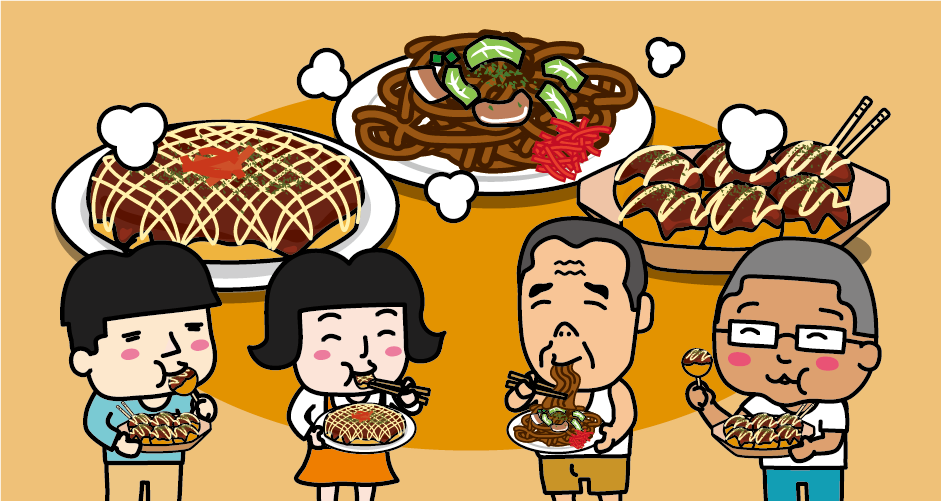
It has long been said that “Kyoto’s Kidaore, Osaka’s Kuidaore, Edo’s Hakidaore.(The Kyoto people ruin themselves by extravagance in dress, the Osaka people by extravagance in food, and the Edo(Tokyo) people by extravagance in shoes.)”, but Osaka, especially Dotombori, is called “the city of Kuidaore”. Kuidaore means “spending extravagant money on food and drink and losing property.” When you think of soul food in Osaka, you may think of Takoyaki, Okonomiyaki, Kushikatsu, Yakisoba, Udon, etc., and Dotonbori has many inexpensive and delicious restaurants.

Dotombori is a waterway that crosses the Osaka Minami from east to west, and is named after Yasui Doton, who invested his own money in the Edo period (16th to 17th century) to excavate Dotombori. The promenade along the Dotombori River is named “Tombori River Walk”, and many people stroll around every day. Especially at night, the neon lights reflected on the surface of the river are beautiful and the atmosphere is very good.

After the death of Doton Yasui, his cousin Kyubei (Doboku) Yasui took over the excavation work and completed Dotonbori in 1615. Later, Kyubei Yasui also started to develop the area around Dotonbori. As a measure to promote the area, a group of playhouses called “Dotombori Go Za (Dotombori five theaters)” (“Naka-za,” “Kaku-za,” “Asahi-za,” “Benten-za,” and “Naniwa-za”) were established in Dotombori. When kabuki and ningyo joruri (puppet theater) were performed, a kabuki and ningyo joruri boom occurred, and many restaurants were formed around Dotombori to cater to the theater-going public.

“Kuidaore Taro” is a robot puppet that was originally installed in front of the restaurant “Kuidaore” (closed in 2008) for advertising purposes. Today, it is an object that represents Osaka along with Osaka Castle, the Glico sign, Tsutenkaku Tower, and the Tower of the Sun. Tourists who visit Dotonbori have become a regular to take a commemorative photo with Kuidaore Taro.
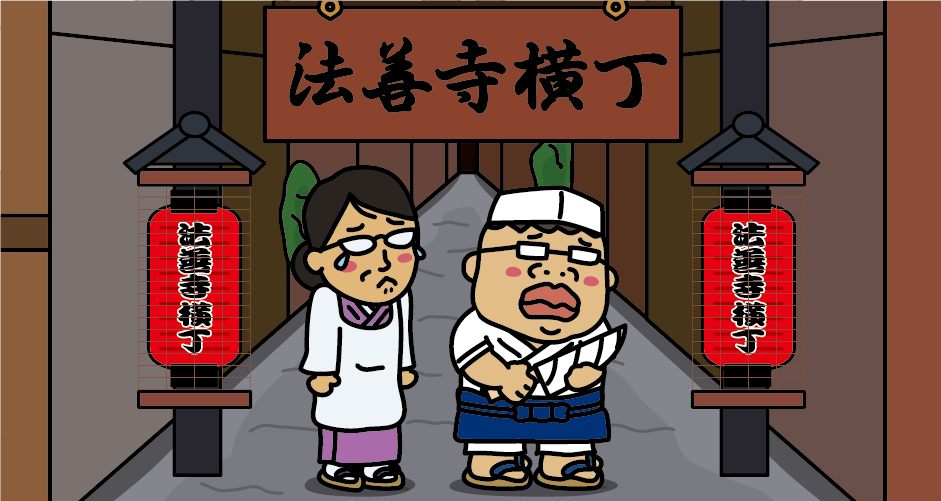
“Hozenji Yokocho” is a restaurant district in the bustling downtown area of Dotombori. “Yokocho” is an alley lined with small restaurants located off to the side from the main street. Originally, this alley was a part of the precincts of Hozenji Temple, and it is a quiet space with an impressive old-fashioned appearance and cobblestone alleyways full of emotion. Hozenji Yokocho’s roots can be traced back to the stalls that sold goods to visitors to Hozenji Temple, and it became nationally famous through Sakunosuke Oda’s novel “Meoto Zenzai” and the song “Tsuki no Hozenji Yokocho.” “Hozenji Yokocho” is lined with a variety of restaurants ranging from Osaka soul food such as Takoyaki, Okonomiyaki, and Kushikatsu to high-end kappo Japanese cuisine.

In 1945, Hozenji Temple was completely destroyed by fire in the air raids during the Pacific War. Sometime after the war, the remaining burnt statues of Fudo Myoo were sprayed with water with a ladle by worshippers, and the entire body of the statues became covered with moss.
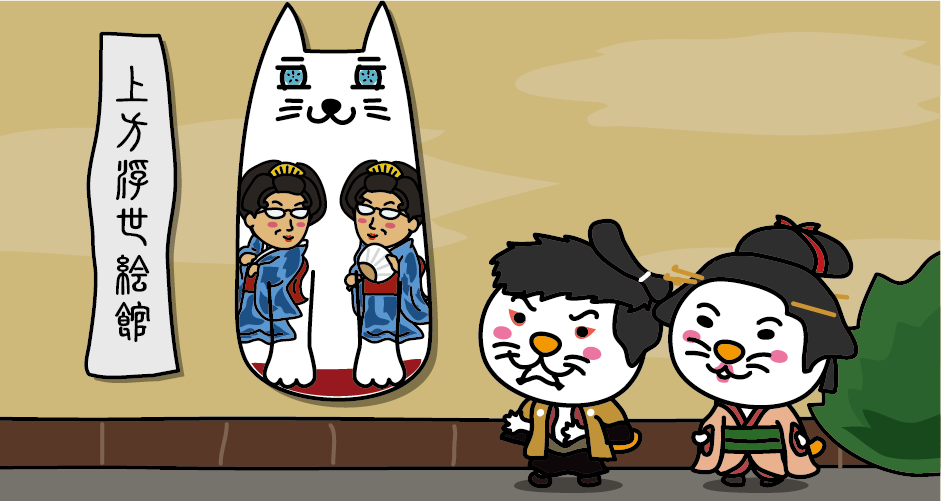
Kamigata Ukiyoe Museum, located in front of Hozenji Temple, is an art museum exhibiting Ukiyoe prints made in Kamigata (near present-day Kyoto and Osaka) during the Edo period(17th to 19th centuries). There are few landscapes or portraits of beautiful women, and most of the Ukiyoe prints depicting kabuki plays in Dotonbori are on display. If you make a reservation, you can try your hand at printing Ukiyo-e prints.
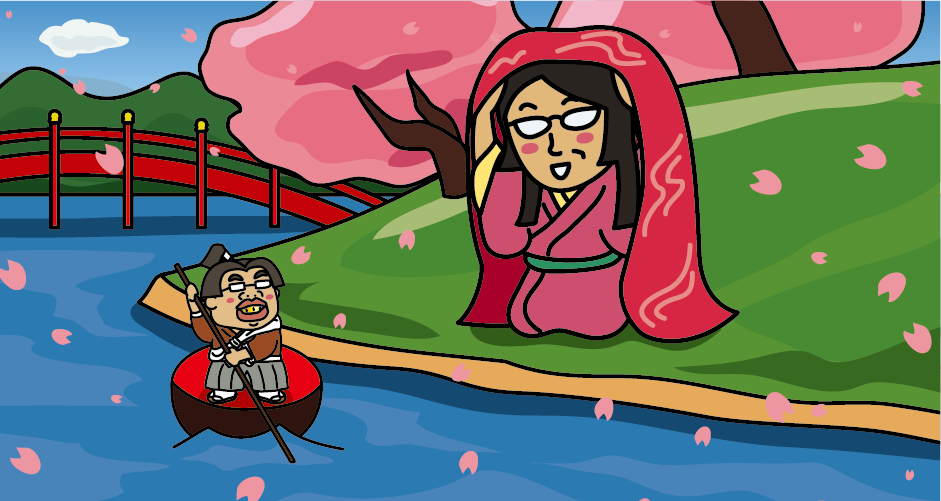
In the very narrow alley called “Ukiyo-koji” near Hozenji Yokocho, “Issun-boshi Daimyojin Shrine”, which is said to be the smallest shrine in Japan, is enshrined. Legend has it that Issunboshi, who is famous in fairy tales, went up the Dotombori River to Kyoto and exterminated demons.
Access to Dotombori
[Railway]
From Tokyo
It takes about 2 hours and 30 minutes from JR Tokyo Station to JR Shin-Osaka Station by Tokaido Shinkansen.
From Fukuoka
It takes about 2 hours and 30 minutes from JR Hakata Station to JR Shin-Osaka Station by Sanyo Shinkansen.
Transfer to the Midosuji Subway Line at JR Shin-Osaka Station and it takes about 15 minutes to Osaka Metro Namba Station. Get off at Osaka Metro Namba Station, a short-walk.
[Airplane (Itami Airport)]
From Tokyo
It takes about 1 hour from Narita Airport to Itami Airport.
From Fukuoka
Approx. 1 hour 10 minutes from Fukuoka Airport to Itami Airport
It takes about 40 minutes from Itami Airport to Namba Station or OCAT (Osaka City Air Terminal) by airport bus. Near Namba Station or OCAT.
[Airplane (Kansai International Airport)]
It takes about 35 minutes from Kansai International Airport to Namba Station on the Nankai Airport Limited Express Rapi: t. About 10 minute-walk from Nankai Electric Railway Namba Station. Alternatively, it takes about 50 minutes from Kansai International Airport to Namba Station or OCAT (Osaka City Air Terminal) by airport bus.

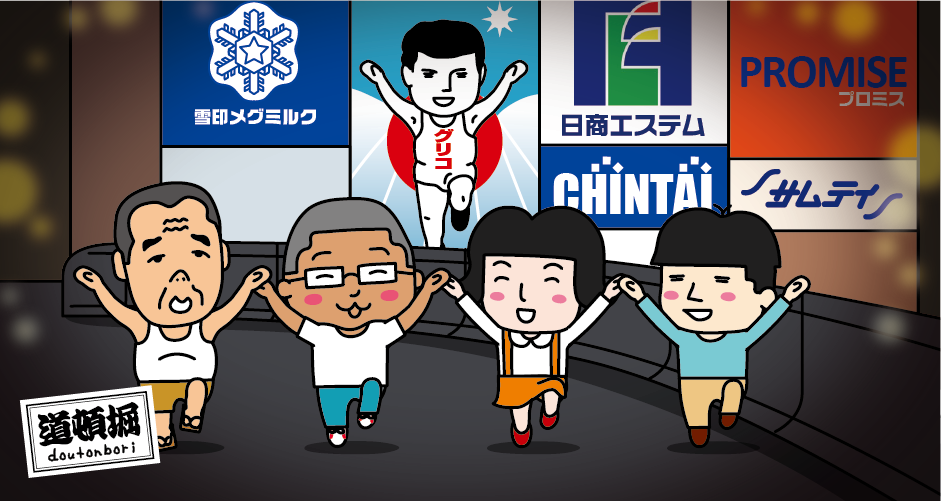


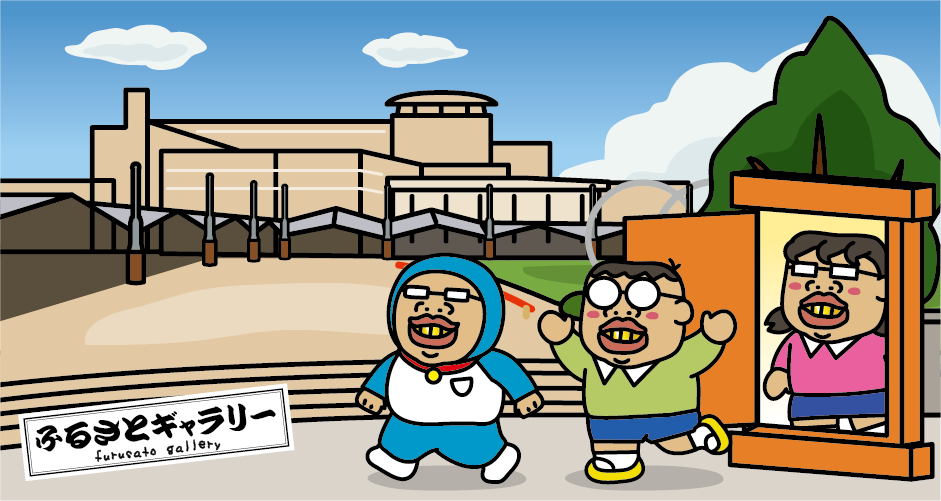

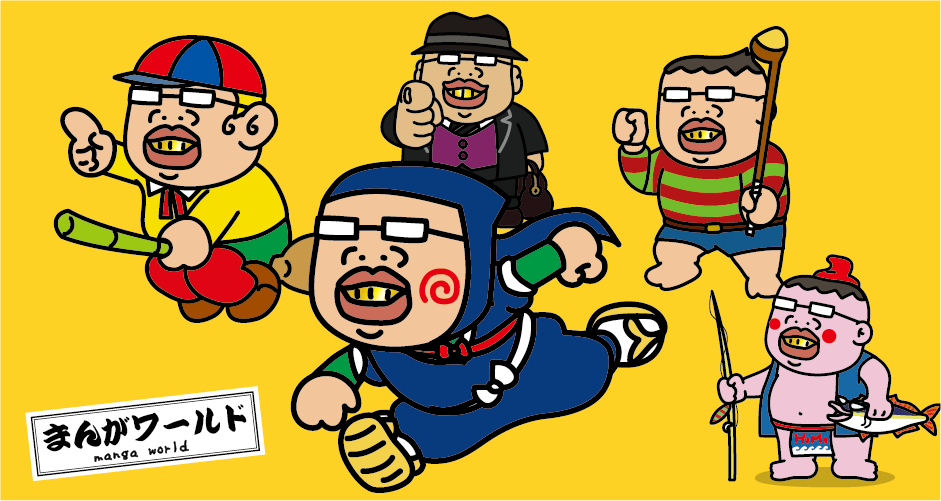
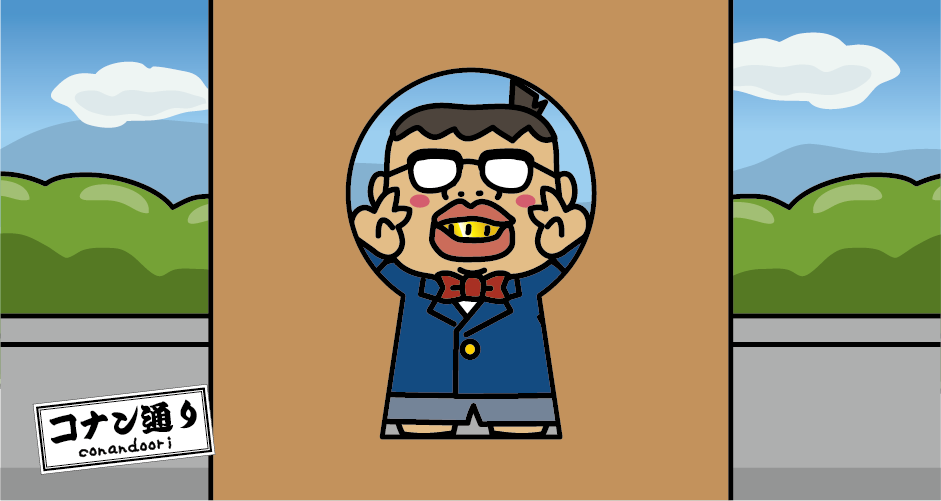


You need to login to comment on an article.